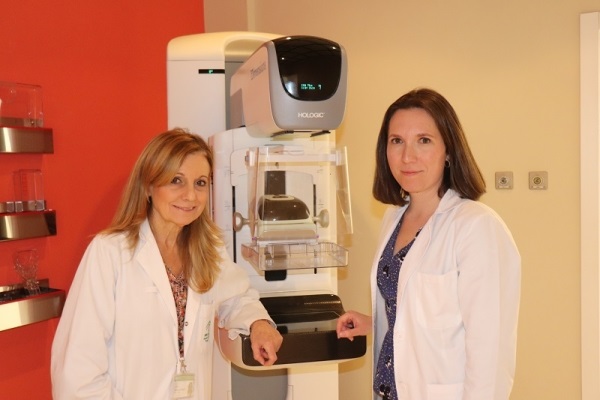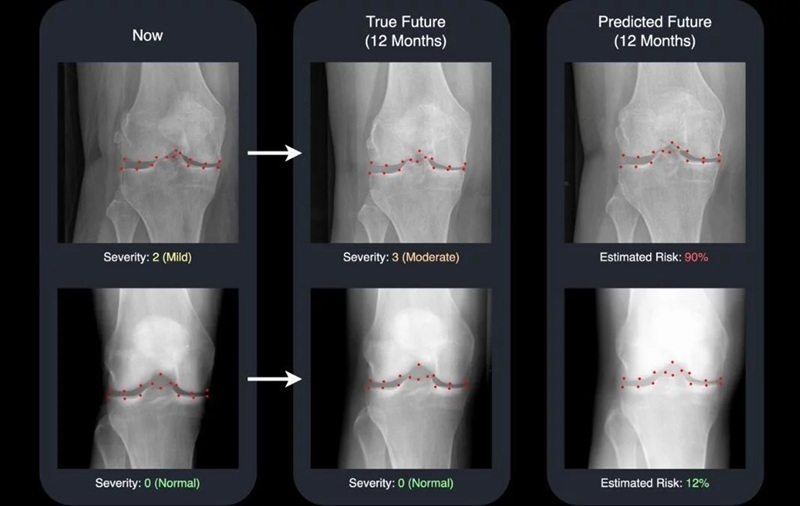3D Mammography Almost Halves Breast Cancer Incidence between Two Screening Tests
Posted on 29 Mar 2024
Breast cancer represents 28.9% of all cancers in women and is the primary cause of cancer-related deaths among this group. Interval breast cancers are those diagnosed in the period between two screening sessions, following a screening test that yielded a negative result, and before the next scheduled screening. This occurrence serves as a crucial measure of the efficiency of breast cancer early detection programs: a high frequency of cancers detected between screenings suggests the program's ineffectiveness, whereas a low frequency indicates its success in identifying the disease at an early stage. Now, a clinical study has revealed the effectiveness of breast tomosynthesis in reducing the incidence of interval carcinomas, thereby recommending its integration into breast cancer early detection strategies.
A clinical trial led by the University of Cordoba (Córdoba, Spain) that involved close to 40,000 revealed the effectiveness of breast tomosynthesis in almost halving the incidence of this type of cancer that appears between two rounds of screening. This method, which is an advancement over traditional 2D mammography, utilizes X-rays to generate a 3D image of the breast, reducing the obscuration of lesions caused by overlapping tissues when recreating a volumetric image. Also known as 3D mammography it is widely adopted in diagnostic settings, although its integration into screening programs remains limited.

Over a two-year period, the research compared traditional 2D mammography screening with a combined approach including tomosynthesis in a regional screening program. Of nearly 24,000 women screened using only 2D mammograms, the interval cancer rate stood at 1.8 per thousand, while the rate dropped to 0.93 per thousand among the 16,000 women also screened with tomosynthesis, marking a 49% decrease in interval cancer likelihood with the 3D method. This reduction was particularly pronounced in women with dense breast tissue, where the detection of lesions is notoriously more challenging.
Further, the study revealed that interval cancers identified through tomosynthesis were generally smaller than those detected via digital mammography alone, which is positive given the correlation between tumor size and prognosis. This indicates tomosynthesis' superior diagnostic capabilities might be responsible for the reduced size of undetected tumors. The findings advocate for the systematic incorporation of breast tomosynthesis into population-based breast cancer early detection programs, given its potential to enhance the efficacy of these initiatives.
Related Links:
University of Cordoba








 Guided Devices.jpg)





